Delving into potato farming in India, this blog offers a comprehensive look at the costs involved per acre. From initial seed expenses to final market charges, we’ll explore every aspect of potato cultivation. This includes seed, labor, fertilizers, irrigation, pest control, and harvesting costs. We aim to provide a clear, easy-to-understand breakdown, making it valuable for farmers and those interested in the agricultural economics of one of India’s staple crops.
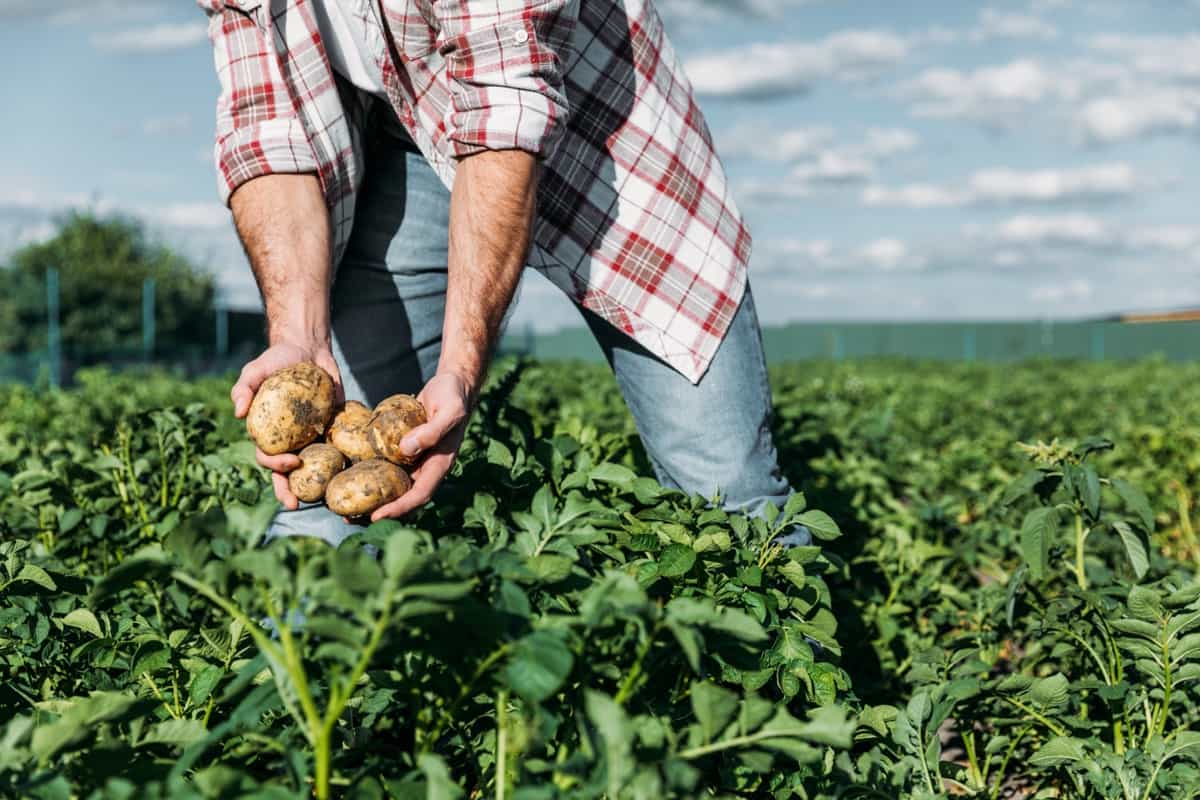
Introduction to Potato Cultivation in India
Potato is one of the most important staple vegetable crops in India. It is grown in almost all states under diverse agro-climatic conditions. It is a rich and main source of carbohydrates, proteins, vitamins, minerals, and antioxidants. It is also used as a raw material for many processed products such as chips, fries, flakes, starch, etc. The demand for potatoes is increasing because of their high nutritional value, wide adaptability, and easy availability.
Potato cultivation requires a cool climate with moderate rainfall and well-drained soil. The optimum temperature range for potato plant growth is 15-20°C. The best season for potato cultivation in India is mid-June to mid-July and then during October and November. The major potato-producing states in India are Uttar Pradesh, West Bengal, Bihar, Punjab, Gujarat, Maharashtra, Karnataka, Assam, and Himachal Pradesh.
Factors Affecting the Cost of Potato Cultivation
Numerous factors, such as seed quality, land preparation, labor, fertilizers and pesticides, irrigation, climate and environmental conditions, harvesting, and storage, as well as transportation and market fees, affect the cost of potato cultivation. Higher-quality seeds yield better crops but are more expensive.
In case you missed it: Weed Management in Potato: Common Weeds of Potato and Herbicides Safe for Use on Potatoes
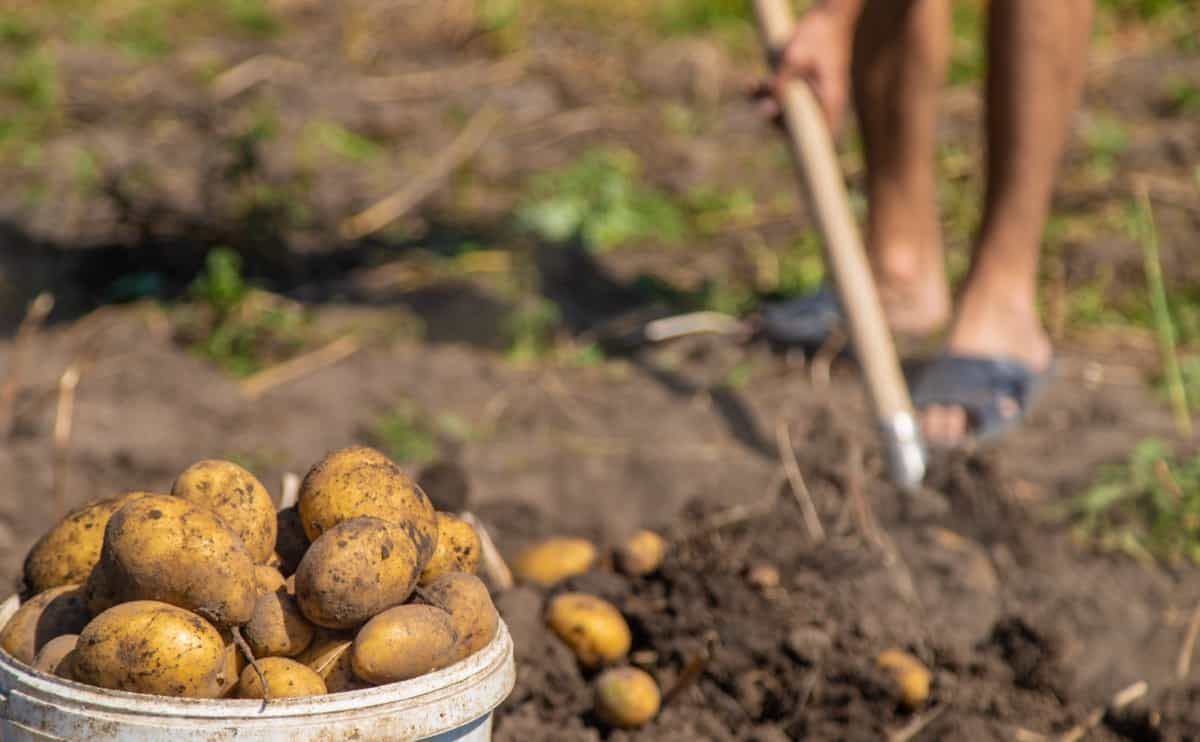
Labor costs include plowing, leveling, and manuring, while fertilizers and pesticides are essential for healthy growth and pest control. Irrigation costs depend on the method and water availability, with efficient systems saving money in the long run. Weather patterns also affect growth and yield, while harvesting and storage costs include harvesting equipment and storage facilities. Finally, transportation and market charges include any associated fees or charges.
Seed Cost for Potato Cultivation
The seed cost is one of the major components of the total cost of potato cultivation. The seed requirement for potato cultivation is about 1-1.5 tonnes per acre. The seed quality affects the yield and quality of the crop. Therefore, it is advisable to use certified seeds from reliable sources. The seed cost may vary from Rs. 20-30 per kg depending on the variety and availability.
Land Preparation Expenses for Potato Cultivation
The land preparation expenses include the cost of plowing, harrowing, leveling, ridging, etc. The land should be prepared well before planting to ensure good soil aeration, drainage, and weed control. The land preparation expenses may vary from Rs. 3000 to Rs. 5000 per acre, depending on the type of soil and machinery used.
Cost of Fertilizers and Manure for Potato Cultivation
The cost of fertilizers and manure for potato cultivation includes the cost of organic manure such as farmyard manure (FYM), compost, vermicompost, etc., and chemical fertilizers such as urea, diammonium phosphate (DAP), muriate of potash (MOP), etc. The fertilizer requirement for potato cultivation is about 80-100 kg of nitrogen (N), 40-60 kg of phosphorus (P2O5), and 80-100 kg of potassium (K2O) per acre.
In case you missed it: How to Treat Sweet Potato Pests and Diseases: Management, Control, and Prevention
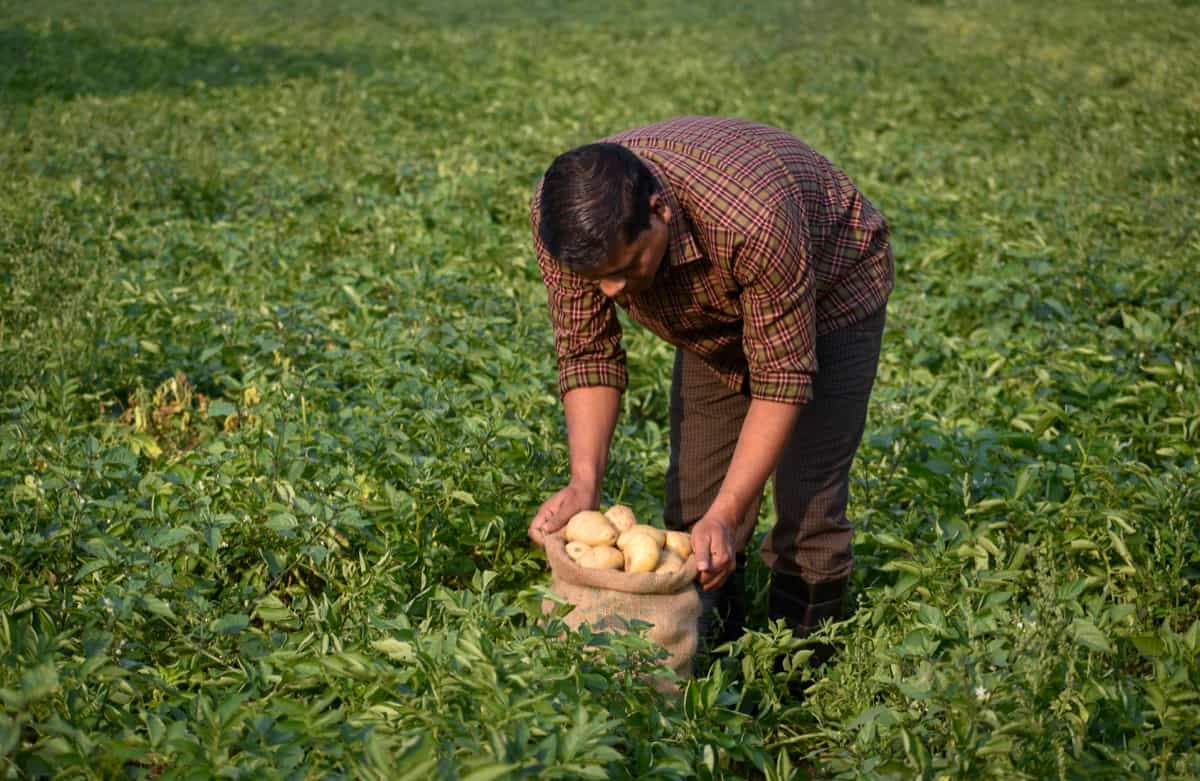
The organic manure should be applied at the time of land preparation at the rate of 10-15 tonnes per acre. The chemical fertilizers should be used in two or three splits during the crop growth stage. The cost of fertilizers and manure may vary from Rs. 8000-12000 per acre, depending on the quality and quantity used.
Irrigation Costs for Potato Cultivation
Potato is a crop that requires adequate and timely irrigation for optimal growth and yield. The irrigation cost depends on the source of water, the method of irrigation, and the frequency of irrigation. Potato cultivation costs about Rs 30,000-40,000 per acre, out of which Rs 10,000-15,000 is spent on irrigation.
The report also states that potato farmers in India use different methods of irrigation, such as sprinkler, drip, furrow, and flood irrigation. Sprinkler and drip irrigation are more efficient and water-saving than furrow and flood irrigation, but they also require more initial investment and maintenance.
Pest and Disease Management Expenses in Potato Cultivation
Potato is susceptible to different pests and diseases that can reduce the quality, quantity of the tubers. Some of the common pests and diseases of potatoes are aphids, cutworms, wireworms, potato tuber moth, potato cyst nematode, late blight, early blight, black scurf, bacterial wilt, and viral diseases.
To control these pests and diseases, potato farmers need to adopt integrated pest management (IPM) practices that include cultural, mechanical, biological, and chemical methods. The cost of pest and disease management in potato cultivation ranges from Rs 15,000 to Rs 20,000 per hectare.
Labor Costs Involved in Potato Cultivation
Potato is a labor-intensive crop that requires various operations such as land preparation, planting, weeding, earthing up, irrigation, harvesting, grading, and packing. These operations require skilled and unskilled laborers who are paid to the prevailing wage rates in the region. The labor cost for potato cultivation in India is about Rs 25,000 per acre.
Machinery and Equipment Costs for Potato Cultivation
Potato cultivation requires various machinery and equipment, such as tractors, plows, harrows, planters, ridges, sprayers, harvesters, graders, etc. These machinery and equipment can be either owned or rented by the farmers, depending on their availability and affordability. The cost of machinery and equipment for potato cultivation varies depending on the type, size, capacity, and condition of the machines. The price of machinery and equipment for potato cultivation in India is about Rs 10,000 per hectare.
Storage and Transportation Costs for Potatoes
Potato is a perishable commodity that needs proper storage and transportation facilities to prevent post-harvest losses and maintain quality. The storage cost depends on the type of storage structure (such as cold storage or traditional storage), the duration of storage (such as short-term or long-term), and the rent charged by the storage owners.
In case you missed it: Sweet Potato Fertilizer Requirements and Recommendations: Management Practices for Optimal Yield
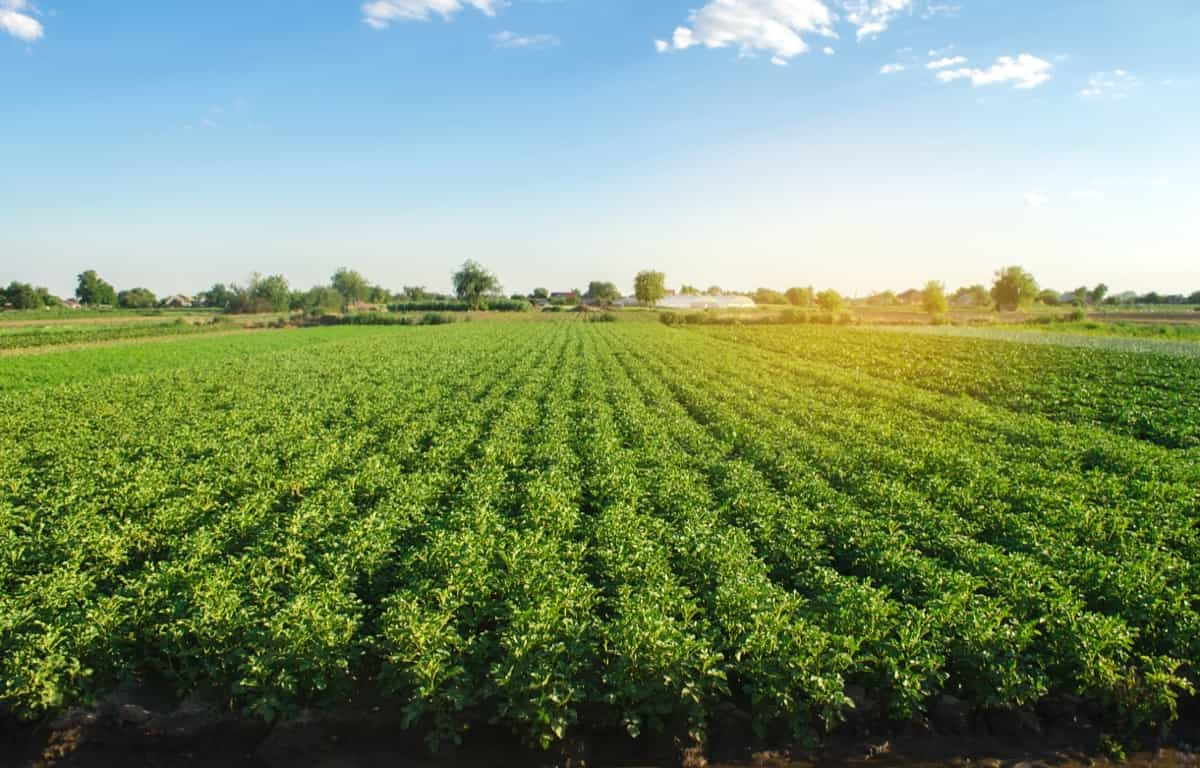
The transportation cost depends on the distance from the farm to the market (such as local or distant), the mode of transportation (such as road or rail), and the freight charges levied by the transporters. According to a report by Agrifarming, the storage cost for potatoes in India is about Rs 5 per kg per month, and the transportation cost is about Rs 2 per kg.
Cost of Crop Protection Measures in Potato Cultivation
Potato is a crop that is susceptible to various pests and diseases, which can reduce the yield and quality of the tubers. Therefore, farmers need to adopt appropriate crop protection measures to prevent or control the damage caused by these biotic factors. The cost of crop protection measures in potato cultivation depends on several factors, such as the type and intensity of pest and disease infestation, the availability and price of pesticides, the method and frequency of application, and the environmental conditions.
According to a study conducted by the International Potato Center (CIP) in India, the average cost of crop protection measures in potato cultivation was Rs. 6,615 per hectare in 2018-19, which accounted for 9.5% of the total cost of cultivation. The major components of this cost were insecticides (Rs. 3,569), fungicides (Rs. 2,413), and herbicides (Rs. 633). The study also found that the cost of crop protection measures varied across different regions and seasons, depending on the pest and disease pressure and the market prices of pesticides.
Post-Harvest Handling and Processing Expenses
Potato is a perishable commodity that requires proper post-harvest handling and processing to maintain its quality and shelf life. Post-harvest handling and processing expenses include the costs of harvesting, sorting, grading, washing, curing, storing, transporting, and processing potatoes. These expenses vary depending on the scale and efficiency of operations, the availability and cost of labor, machinery, electricity, water, packaging materials, and other inputs.
The average post-harvest handling and processing expenses for potatoes were Rs. 4,950 per tonne in 2018-19, which accounted for 18.5% of the total cost of production. The major components of this cost were harvesting (Rs. 1,500), storage (Rs. 1,200), transportation (Rs. 1,000), grading and packing (Rs. 750), and processing (Rs. 500). The study also found that the post-harvest handling and processing expenses varied across different states and markets, depending on the demand and supply conditions and the quality standards.
Market Charges for Selling Potatoes
Potato is a commodity that is traded in various markets, such as wholesale markets, retail markets, processing units, institutional buyers, etc. Market charges for selling potatoes include the costs of market fees, commission charges, loading and unloading charges, weighing charges, brokerage charges, etc. These charges vary depending on the type and location of the market, the volume and value of transactions, the bargaining power of buyers and sellers, and the prevailing market regulations.
In case you missed it: Organic and Chemical Solutions to Get Rid of Potato Scab: Symptoms, Causes, and Treatment
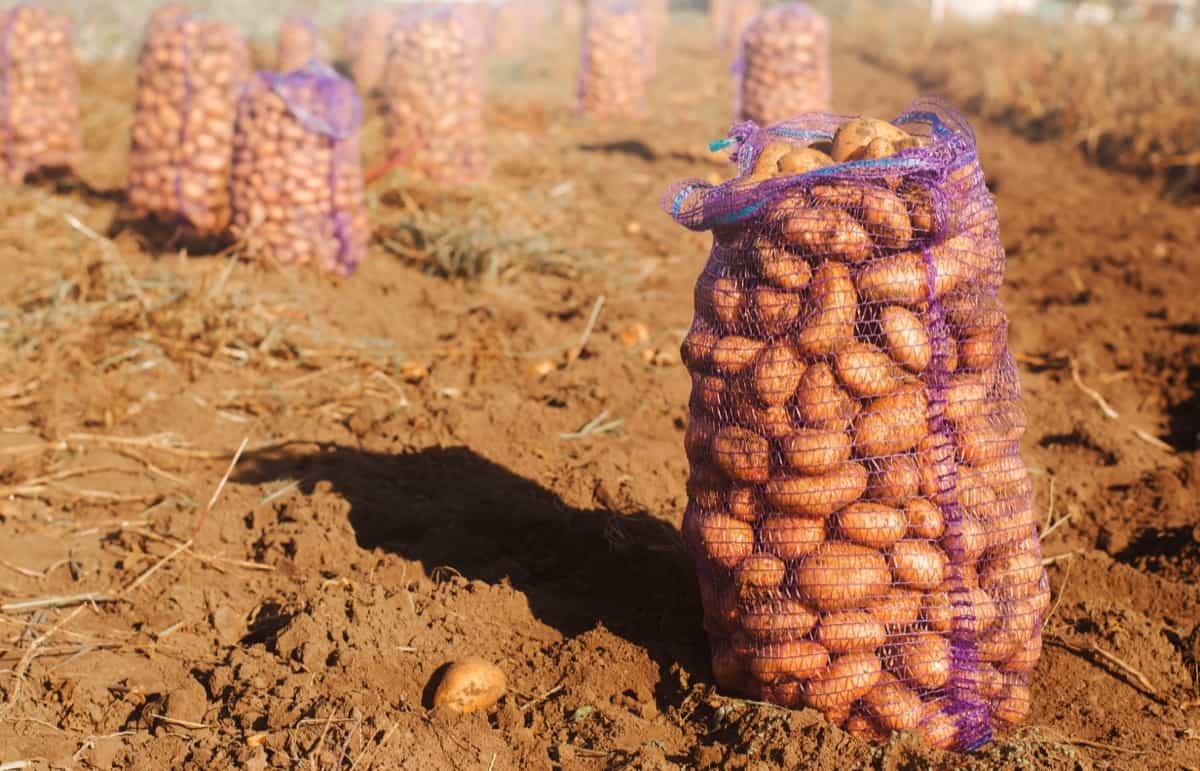
The average market charges for selling potatoes were Rs. 1,050 per tonne in 2018-19, which accounted for 3.9% of the total cost of production. The major components of this cost were commission charges (Rs. 600), loading and unloading charges (Rs. 300), market fees (Rs. 100), weighing charges (Rs. 30), and brokerage charges (Rs. 20). The study also found that the market charges varied across different states and markets, depending on the level of competition and regulation.
Insurance and Miscellaneous Costs in Potato Cultivation
Potato is a crop that is exposed to various risks and uncertainties, such as weather fluctuations, pest and disease outbreaks, price volatility, etc. Therefore, farmers need to incur some insurance and miscellaneous costs to protect their investment and income from these risks. Insurance costs include the premiums paid for crop insurance schemes that cover losses due to natural calamities or low yields.
A study by the Indian Council of Agricultural Research revealed that miscellaneous costs, such as soil testing, seed certification, extension services, and interest in working capital, accounted for 2.1% of the total cost of potato cultivation in 2018-19. The average insurance and miscellaneous costs were Rs. 1,485 per hectare, with major components including interest on working capital, crop insurance premium, soil testing, seed certification, and extension services. These costs varied across different regions and seasons, influenced by the availability and utilization of these services.
Profitability Analysis of Potato Cultivation
Profitability in potato cultivation, a key agricultural activity worldwide, is largely influenced by factors like production costs, yields, market prices, input efficiency, and environmental conditions. Profitability is often assessed using the benefit-cost ratio (BCR), where a BCR greater than one signifies profitability.
Studies across different regions highlight variations in this ratio. For instance, In India, The average BCR was 1.64, indicating profitability, especially for improved potato varieties compared to local ones, with seed, labor, and fertilizer costs being significant factors. In contrast, a study in Bhutan found organic potato cultivation (BCR of 0.40) to be less profitable than conventional methods (BCR of 1.27), with yield, market price, and input costs as key determinants.
Similarly, in Nepal’s Baglung district, potato cultivation showed a profitable BCR of 1.66. These findings suggest that profitability analyses are crucial for farmers and policymakers in making informed decisions about crop management, input use, and marketing strategies, thereby enhancing farmers’ incomes and livelihoods.
Cost of Cultivation of Potato Per Acre in India
| Cost Component | Amount (Rs. per acre) |
| Seed Cost | 20,000 – 45,000 (1-1.5 tonnes) |
| Land Preparation Expenses | 3,000 – 5,000 |
| Cost of Fertilizers and Manure | 8,000 – 12,000 |
| Irrigation Costs | 10,000 – 15,000 |
| Pest and Disease Management Expenses | 15,000 – 20,000 |
| Labor Costs | 25,000 |
| Machinery and Equipment Costs | 10,000 |
| Storage and Transportation Costs | Varies (Rs. 5/kg per month for storage; Rs. 2/kg for transportation) |
| Cost of Crop Protection Measures | 6,615 (average) |
| Post-Harvest Handling and Processing Expenses | 4,950 (average per tonne) |
| Market Charges for Selling Potatoes | 1,050 (average per tonne) |
| Insurance and Miscellaneous Costs | 1,485 (average) |
In case you missed it: How to Start Potato Farming in USA: A Step-By-Step Production/Growing Guide for Beginners
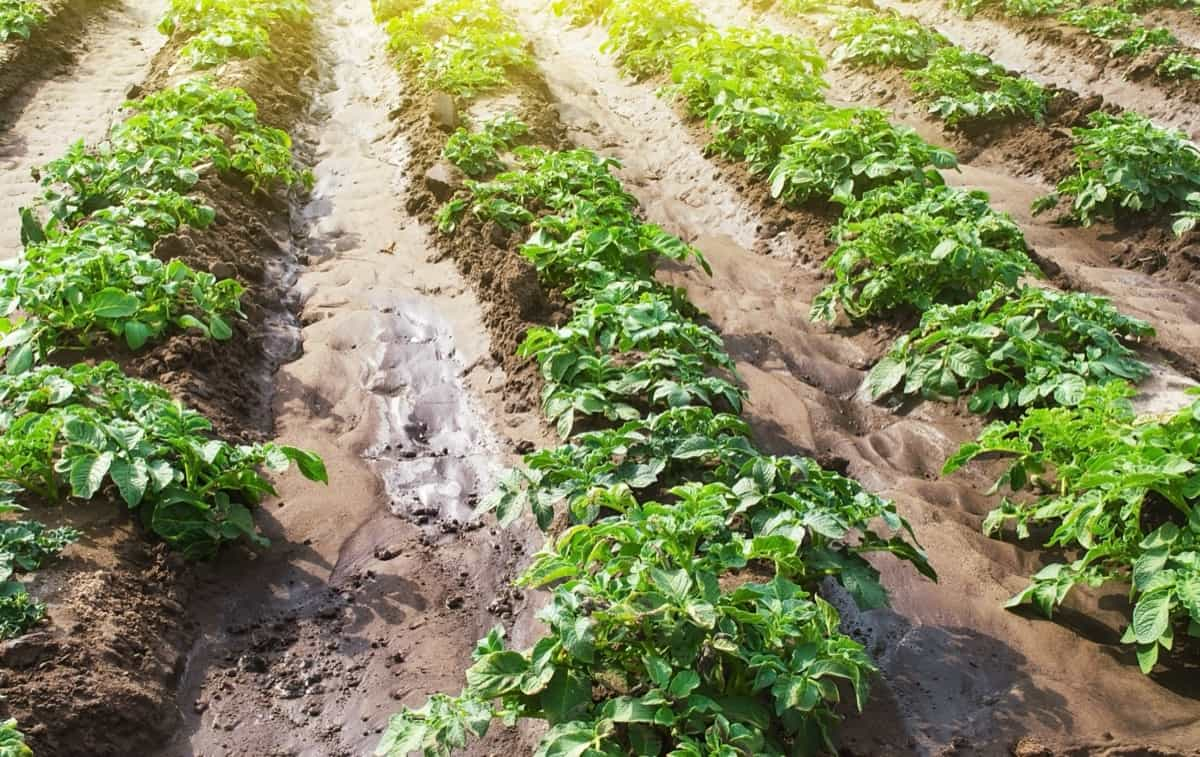
Conclusion
The cost of cultivating potatoes per acre in India encompasses various expenses, from seed costs to market charges. This includes investment in seeds, fertilizers, labor, irrigation, and transportation. Understanding these costs is essential for farmers to assess profitability and make informed decisions for efficient farming and market strategies.
- Types of Pesticides Used in Agriculture: A Beginner’s Guide
- Economical Aquaculture: A Guide to Low-Budget Fish Farming
- 15 Common Planting Errors That Can Doom Your Fruit Trees
- How to Make Houseplants Bushy: Effective Tips and Ideas
- Innovative Strategies for Boosting Coconut Pollination and Yield
- Pollination Strategies for Maximum Pumpkin Yield
- The Complete Guide to Chicken Fattening: Strategies for Maximum Growth
- Natural Solutions for Tulip Problems: 100% Effective Remedies for Leaf and Bulb-Related Issues
- Revolutionizing Citrus Preservation: Towards a Healthier, Greener Future
- Natural Solutions for Peony Leaf and Flower Problems: 100% Effective Remedies
- Maximizing Profits with Avocado Contract Farming in India: A Comprehensive Guide
- Natural Solutions for Hydrangea Problems: 100% Effective Remedies for Leaf and Flowers
- The Ultimate Guide to Choosing the Perfect Foliage Friend: Bringing Life Indoors
- From Sunlight to Sustainability: 15 Ways to Use Solar Technology in Agriculture
- The Ultimate Guide to Dong Tao Chicken: Exploring from History to Raising
- The Eco-Friendly Makeover: How to Convert Your Unused Swimming Pool into a Fish Pond
- Mastering the Art of Delaware Chicken Farming: Essentials for Healthy Backyard Flocks
- 20 Best Homemade Fertilizers for Money Plant: DIY Recipes and Application Methods
- How to Craft a Comprehensive Free-Range Chicken Farming Business Plan
- Brighten Your Flock: Raising Easter Egger Chickens for Beauty and Bounty
- How to Optimize Your Poultry Egg Farm Business Plan with These Strategies
- Subsidy for Spirulina Cultivation: How Indian Government Schemes Encouraging Spirulina Farmers
- Ultimate Guide to Raising Dominique Chickens: Breeding, Feeding, Egg-Production, and Care
- Mastering the Art of Raising Jersey Giant Chickens: Care, Feeding, and More
- Ultimate Guide to Raising Legbar Chickens: Breeding, Farming Practices, Diet, Egg-Production
- How to Raise Welsummer Chickens: A Comprehensive Guide for Beginners
- How to Protect Indoor Plants in Winter: A Comprehensive Guide
- Ultimate Guide to Grow Bag Gardening: Tips, Tricks, and Planting Ideas for Urban Gardeners
- Guide to Lotus Cultivation: How to Propagate, Plant, Grow, Care, Cost, and Profit
- Agriculture Drone Subsidy Scheme: Government Kisan Subsidy, License, and How to Apply Online
- Ultimate Guide to Raising Araucana Chickens: Breed Profile, Farming Economics, Diet, and Care
- Bringing Hydroponics to Classroom: Importance, Benefits of Learning for School Students
- Ultimate Guide to Raising Polish Chickens: Breed Profile, Farming Economics, Diet, and Care
- Ultimate Guide to Raising Australorp Chickens: Profile, Farming Economics, Egg Production, Diet, and Care
- Silkie Chicken Farming: Raising Practices, Varieties, Egg Production, Diet, and Care
- Sussex Chicken Farming: Raising Practices, Varieties, Egg Production, Diet and Care